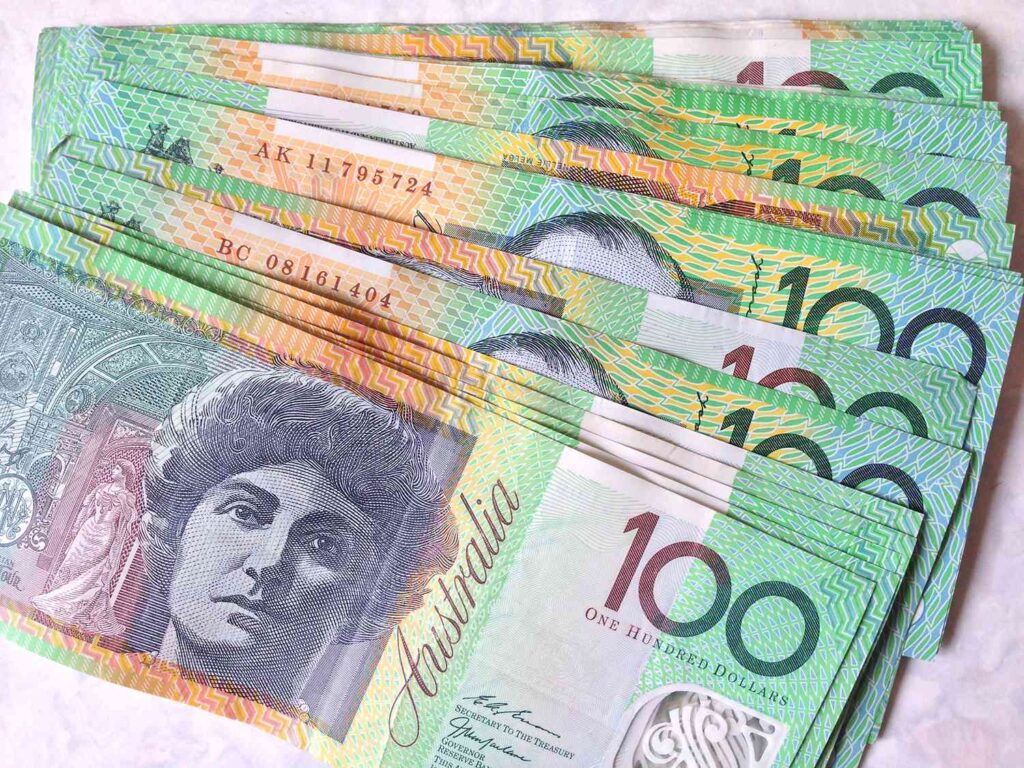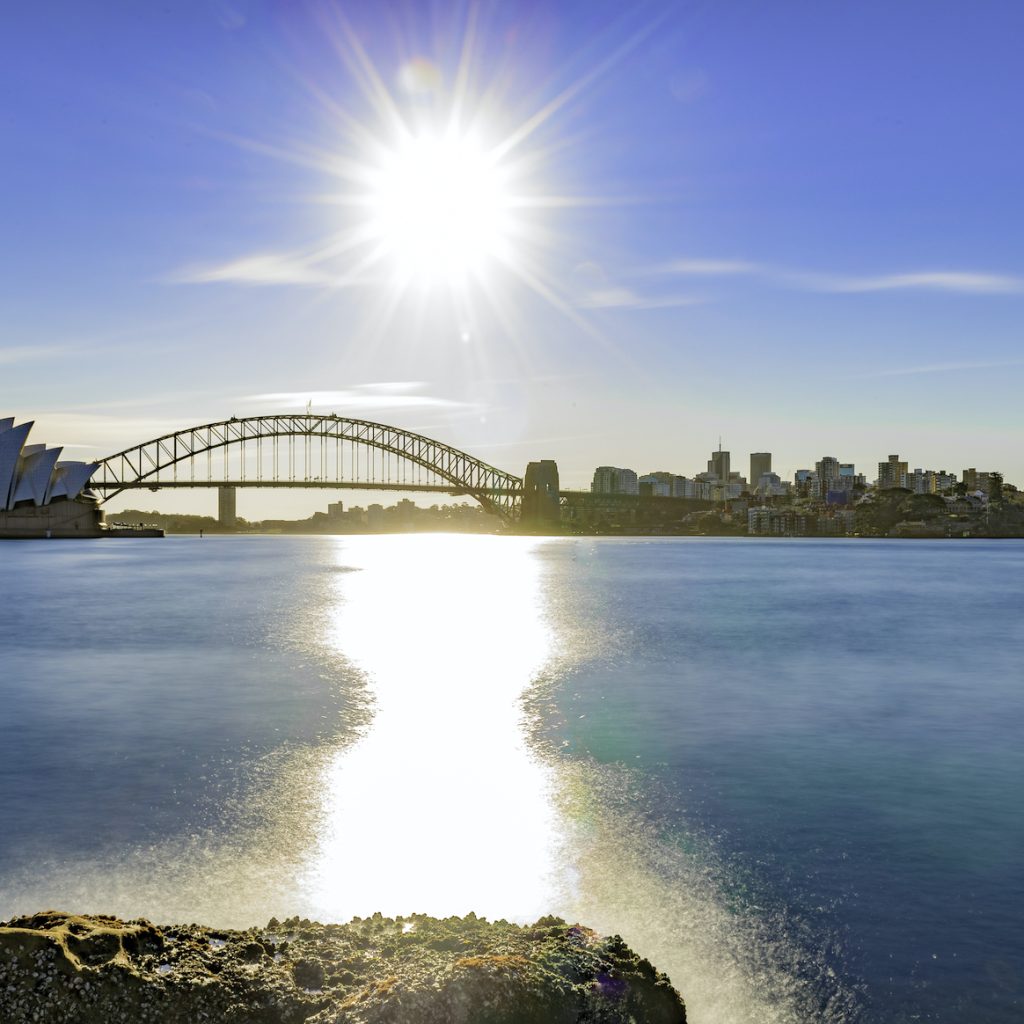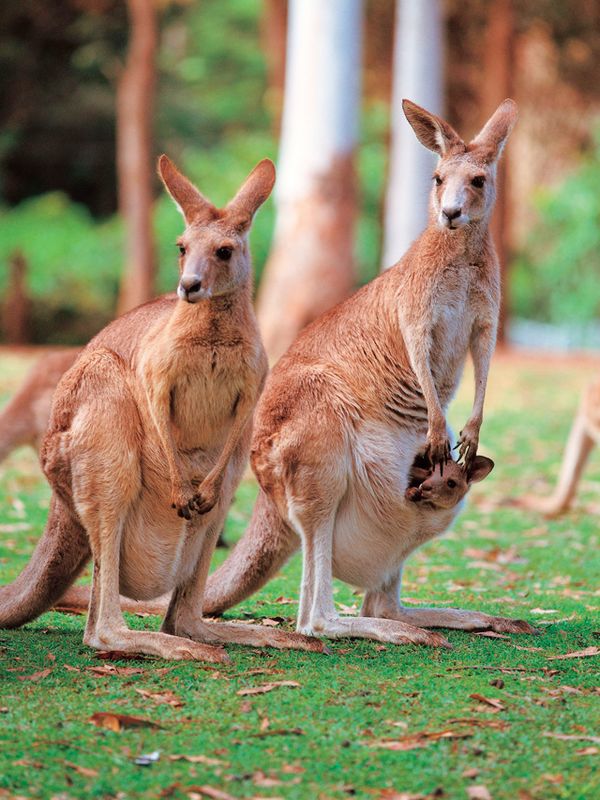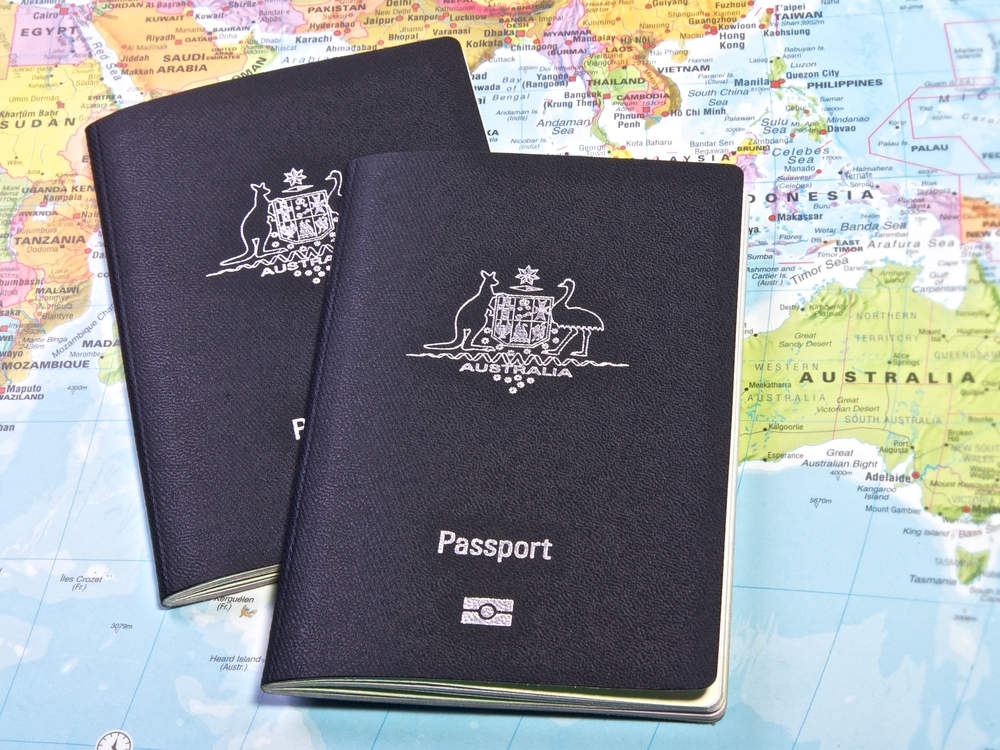Australia is a vast and diverse country, with something to offer everyone. Whether you’re looking for stunning beaches, ancient rainforests, or vibrant cities, you’ll find it in Australia.
The Australian dollar (AUD) is the official currency of Australia, and is abbreviated as “$” or “AUD” in financial markets. It is one of the most traded currencies in the world, and is commonly used for international trade and commerce. The Australian dollar is divided into 100 cents.
When traveling to Australia, it’s important to have some Australian dollars on hand to pay for goods and services. You can exchange your currency for Australian dollars at banks, currency exchange bureaus, or at airport kiosks. It’s a good idea to compare exchange rates and fees before you exchange your currency to get the best deal.
Most major credit cards are widely accepted in Australia, and you can also withdraw cash from ATMs using your debit card. However, be aware that some ATMs may charge a fee for international transactions, so it’s a good idea to check with your bank before you travel.
The value of the Australian dollar fluctuates against other currencies but normally goes around:
1 AUD = 0.67 USD
1 AUD = 0.61 EUR


Australia is a large country with a diverse climate. The weather can vary greatly depending on where you are in the country.
In general, Australia has a temperate climate, with warm summers and mild winters.
Australia is home to some of the most unique and fascinating wildlife in the world, including kangaroos, koalas, wallabies, and a variety of reptiles and marine life. While encountering these animals can be a highlight of your trip, it’s important to be prepared and take precautions to ensure your safety and the safety of the animals.
When exploring the Australian wilderness, it’s important to follow these tips:
Be prepared for marine encounters: Australia is surrounded by some of the world’s most beautiful coral reefs, but it’s important to be aware of the dangers of marine life. If you are swimming or snorkeling, avoid touching or standing on coral, and do not approach or touch any marine life. Some species of jellyfish and sharks can be dangerous, so it’s important to follow local safety guidelines and swim in designated areas.
Plan your wildlife experiences responsibly: Australia offers a variety of opportunities to see wildlife in their natural habitat, such as guided tours and wildlife sanctuaries. When choosing a wildlife experience, make sure to research the organization and ensure that they have ethical and sustainable practices.


If you’re planning a trip to Australia, be sure to get a visa in advance. The process is relatively simple, and it will ensure that you can enjoy your trip without any hassle.
Here are some tips for getting a visa to Australia:
If you have any questions about getting a visa to Australia, do not hesitate and contact us for more information!